Record-breaking climbs up Mount Everest

Kami Rita Sherpa (left) has made the most ever summits and Kenton Cool (right) has set the same record for a foreigner
- Published
Two world records have been set on Mount Everest on the same day.
A Nepali man has climbed the world's tallest mountain 29 times, earning the record for making the most ever summits.
Kami Rita Sherpa has been a guide on the mountain for more than 20 years and first climbed the summit in 1994.
British climber Kenton Cool set a similar record, but for a foreigner, finishing his 18th peak.
More on Mount Everest
Mount Everest just officially got taller
- Published8 December 2020
The poo problem on Mount Everest
- Published9 February 2024
Double amputee makes history climbing Everest
- Published27 May 2023
Everything you need to know about Mount Everest
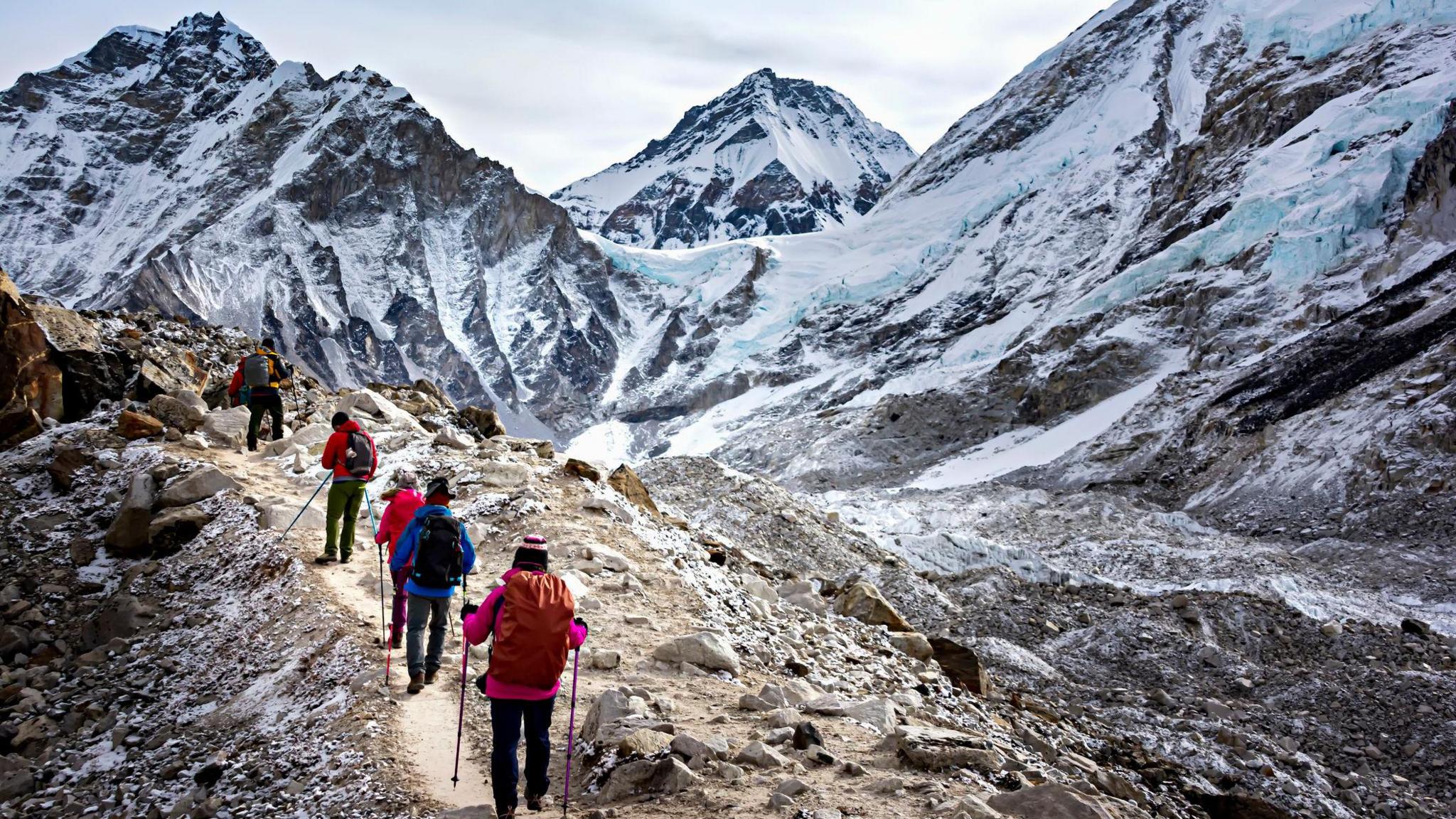
Around 800 people attempt to climb the tallest mountain in the world every year
How tall is Mount Everest?
Mount Everest sits on the border of Nepal and China. The summit is believed to be the highest place in the whole world.
Until 2020, the Nepal and Chinese authorities couldn't agree on how tall the mountain is.
It's now agreed that it's 8,848.86 metres (29,031 ft) tall - that's around the height at which passenger planes fly.
The new measurement makes Mount Everest 86 centimetres higher than Nepal's previous height, and more than four metres higher than China's previous measurement.

You need lots of specialist equipment to get to the top including ice axes and boots with crampons (sharp spikes)
Mount Everest is thought to rise about 40cm every 100 years, so it will continue to get bigger, but very slowly.
At the top of mountain, it's very cold and capped with snow all year round.
The mountain is estimated to be 50-60 million years old and was formed by the collision of the Indian and Eurasian tectonic plates.
How long does it take to climb Mount Everest?
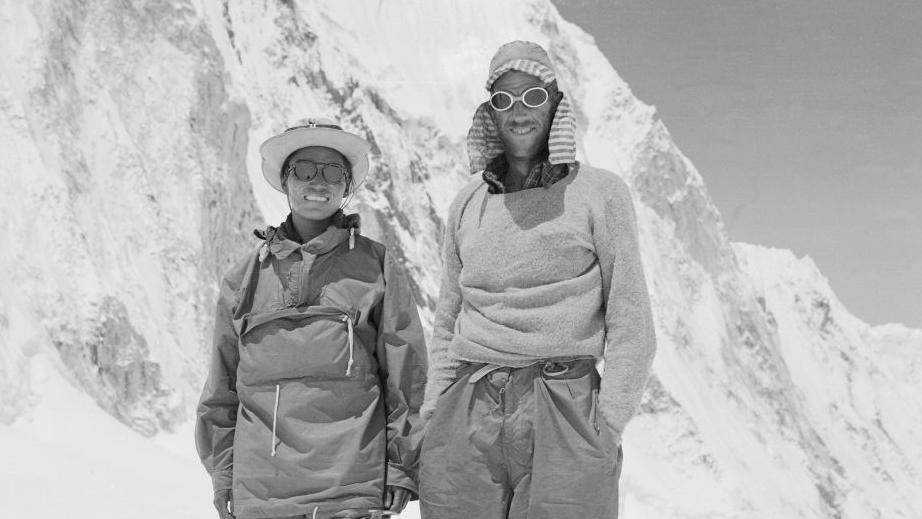
Tenzing Norgay and Edmund Hillary on their Mount Everest Expedition in 1953
It can take 10 weeks for a trained climber to make it to the top of Mount Everest and they must go through rigorous training first.
The climb was first attempted by the British in 1921, but the first successful climb wasn't for another 30 years.
In 1953, the team of climber Edmund Hillary from New Zealand and Nepalese Sherpa Tenzing Norgay became the firstto reach the summit of Everest.
Mount Everest's litter problem
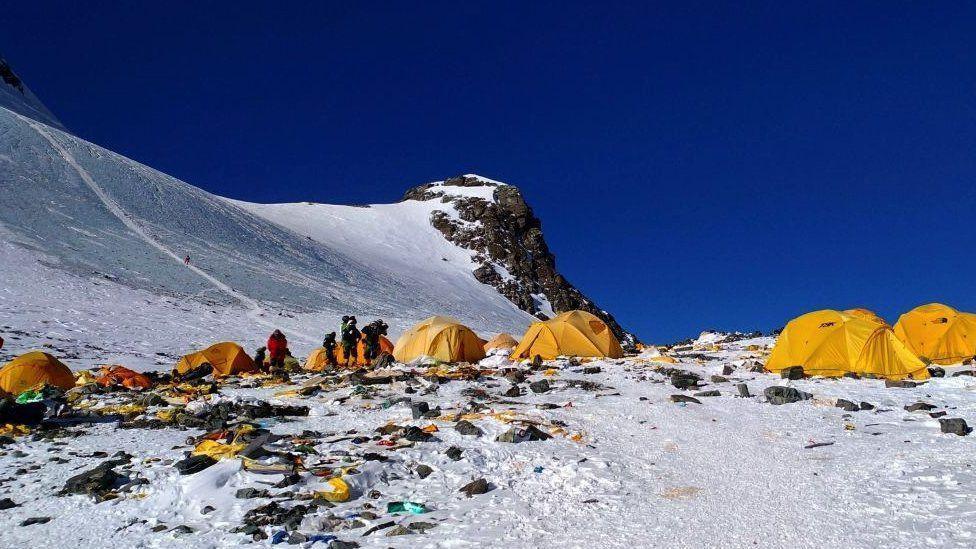
Many mountaineers use open spaces as toilets on the higher camps of Everest
Climbers spend the majority of their time on Mount Everest at Base Camp to make sure their bodies get used to the altitude difference before taking on the mammoth climb.
But there's now a rubbish problem, with local officials saying it's "begun to stink".
A new rule being introduced on the mountain will mean climbers have to pick up their poo in a bag and bring it back to base camp to be checked.
Sagarmatha Pollution Control Committee (SPCC) estimate there are around three tonnes of human poo on just part of the mountain.
More stories like this
- Published27 October 2022
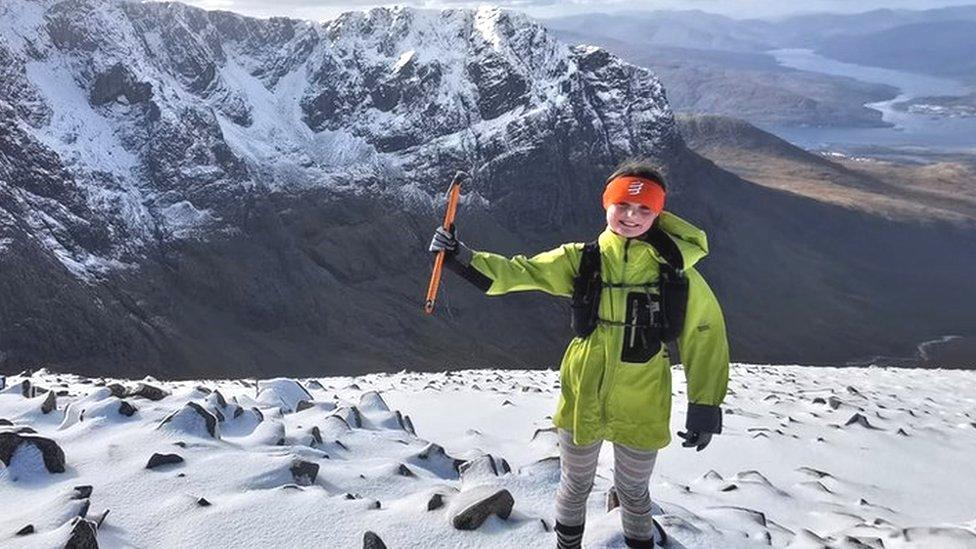
- Published12 April 2019
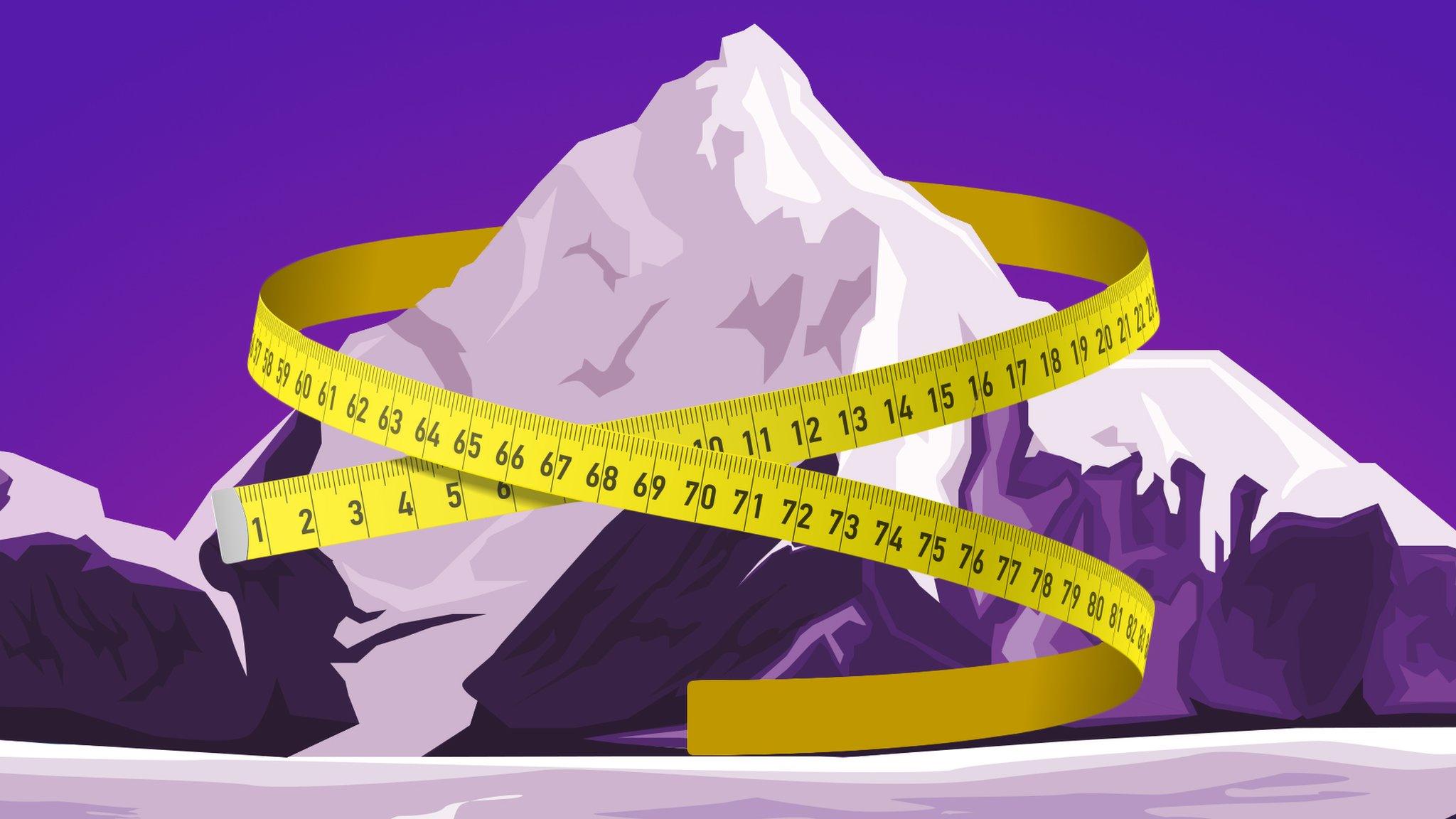
- Published22 May 2012
